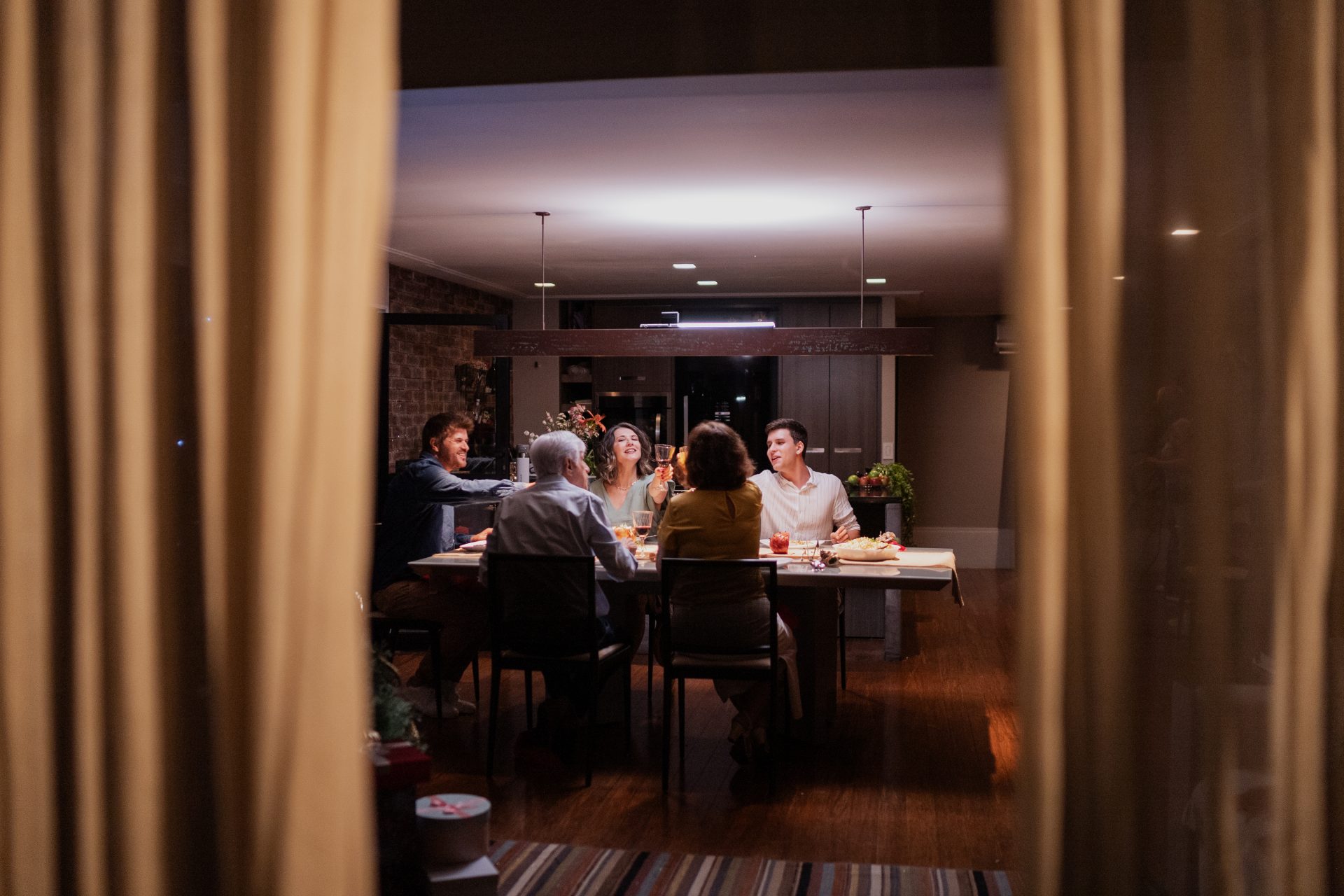Why do people eat at different times in other countries?
Among the various topics of conversation that still amaze people of different nationalities, mealtime certainly tops the list. You only have to put a Swede, an American and a Spaniard together to immediately see the big differences in meal times.
But have you ever wondered why we eat at this time? Why do Spaniards and Italians always eat very late, around 8-9 p.m. or even 10 p.m., while in other Northern European countries, for example, they do not usually don't eat after 6 p.m.?
The factors that mainly influence these habits are based on the circadian rhythm, or the mechanism by which living things regulate their physiological functions in accordance with the daily cycle of light and darkness generated by the rotation of the Earth.
This way it's easy to see how crucial geographic location, light and temperature are in determining the most important times to eat in each country.
Photo: Steen Jepsen / Pixabay
Then you quickly understand that the meal time in Sweden will probably not be the same as in Italy or Spain, because in the Northern European country, for example, the sun sets a few hours earlier than in the other two countries mentioned.
Photo: Plaza de España, Seville (Spain), David Mark / Pixabay
But geography, light and temperature are not the only elements that influence these habits. The history and culture of each country have also played a role in defining certain times.
According to the BBC, if we go back in time to 18th century Europe, we see that the largest meal of the day was dinner and was eaten between 12 and 2 p.m. noon.
But over the course of the same century, the main meal slowly shifted to dinner, while the morning breakfast took its place.
Photo: StockSnap / Pixabay
At that time, meal times were largely determined by the social class to which one belonged: for example, aristocrats always ate later to distinguish themselves from those who had to get up very early for work and therefore could not go without food until late in the afternoon.
Photo: Bruno / Pixabay
The aristocrats' main meal, which took place at 3 p.m. in the early 18th century, gradually shifted to 7 p.m. in the early 19th century.
This is evident from the 1815 note from the American ambassador to London, John Quincy Adams, in which he writes that he has been "invited to dinner next Tuesday at 6:45 p.m. The usual time for dinner in this part of the city is 7:00 p.m. o'clock".
Photo: Adam Derewecki / Pixabay
Yet customs in the United States were very different, as Thomas Hamilton, a Scottish traveler who visited the US in 1830, notes in his travel notes collected in the University of Illinois digital archive: "The usual time for lunch in New York is at 3 p.m., because the gentlemen almost always go back to work in the evening."
Photo: Ronile / Pixabay
In Italy, thanks to Alessandro Manzoni, we know that the custom of dining at 5 p.m. around 1850 mainly affected the Milanese nobility and not the other provinces and social classes, as reported by the Italian newspaper Il Post.
Photo: Antonio Cansino / Pixabay
This slow time shift ended in the early 20th century when what was considered lunch became dinner, with the terms for dinner in French and in English, denoting the most important meal of the day.
Photo: Agentur LEEROY / Pixabay
While breakfast, which had now become very extensive, has increasingly become what we know as 'lunch'.
Photo: Rita / Pixabay
Determining the main meals in individual countries therefore also depends on social and behavioral factors of the population in question.
In 2022, a map of European meal times circulated on Reddit, although it should be noted that these are approximate figures and therefore not entirely accurate.
Here are the main countries on the map: Norway, Sweden and Finland eat at 5 p.m. Ireland and the United Kingdom at 6:30 p.m., Italy and Greece at 8 p.m., Spain at 9:30 p.m., France at 7:30 p.m., Germany at 6 p.m. and Portugal at 9 p.m.
Photo: adriandegonda / Pixabay
A quick look at these times immediately brings to mind Spain, the European country where people eat later than the rest. One of the reasons for this is the discrepancy between the time the clocks show and standard time, an issue that has been a source of debate for years.
As José María Fernández-Crehuet, professor of economics at the Universidad Politécnica de Madrid, explains in El Pais: "Peninsular Spain currently has an official time (GMT+1), one hour more than it should have due to its geographical position (GMT +0)." Because official time does not coincide with solar time, sunrise and sunset occur later in most parts of Spain than in neighboring countries in Europe.
Photo: NakNak / Pixabay
“Abolishing daylight saving time would therefore make it easier to change certain habits to improve the quality of life,” including probably mealtimes, says José María Fernández-Crehuet.
But even within the same country there can still be differences. Take Italy for example and the difference in meal times between the north and south of the boot. Depending on the region, lunch is between 12:30 PM and 2:30 PM: in the north people have lunch earlier, while in the south they eat later.
The same applies to dinner which in the northern regions takes place around 7:30-8:00 PM, while in many southern regions it is common to have dinner around 9:00 PM.
Photo: Nimrod Oren / Pixabay
More for you
Top Stories




































